This case study is by the Soil Association
The original certified woodlands
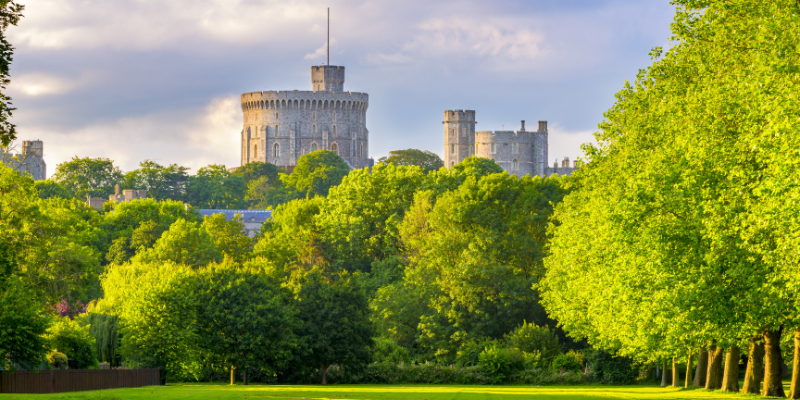
The Crown Estate at Windsor is one of the original FSC® certificate holders, they achieved their first accreditation 20 years ago and have been continually certified since. It has pioneered sustainability and certification not only within the estate’s borders, but across the wider forestry community. It was these values that we wanted to talk to Chief Forester Richard Everett about: whether after such a long time within the FSC system it had altered the way the estate is managed, and how they continue to approach their forestry certification. Today the estate’s 3200ha of forest is FSC and PEFC certified through Soil Association Certification.
Richard tells us how far from becoming an administrative burden or side-line process, the last 20 years of certification has become a comprehensive project management tool for the estate. It has become a framework from which their silviculture can be managed and from which they can develop innovative pathways. It is a baseline for the day to day, year to year, and decade to decade of management planning.
In some respects, having such a large estate does make things easier. Though they maintain ecological, social, and economic sustainability across all the diverse lowland woodlands, they can also slightly vary the emphasis depending on the woodland whilst still creating balance. This means that whilst 80% of the woodlands are in some sort of environmental designation, they can still harvest around 12,000 tonnes of timber a year. This can be achieved within a peri-urban setting just outside London where there is significant leisure use (over 6 million people a year visit the estate). Managing this balance between visitors and biodiversity is one of the key challenges and most important objectives for the estate.
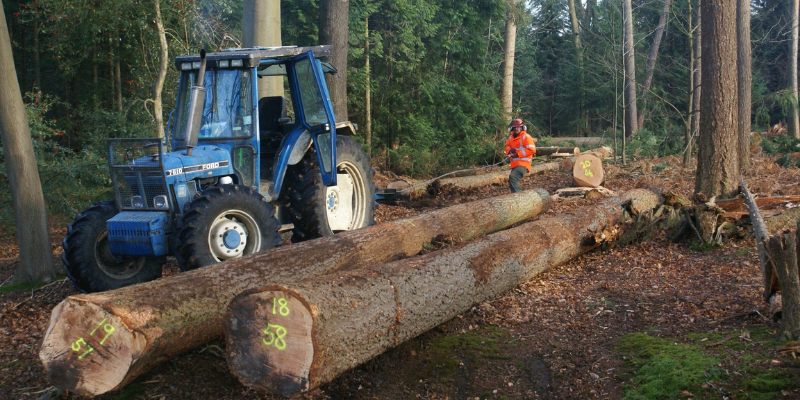
We're meeting an internationally recognised standard for our sustainability. That’s a really positive message for us.
Richard Everett, Chief Forester
How certification helps to meet sustainability goals
The estate is proud to offer a diverse and reliable supply of certified timber. Whilst their smaller volumes may not compete with the commodity markets, good management and certification remain essential. Even in the niche markets of high-quality oak, Richard sees a reputational advantage in being able to sell it as certified; being able to say that it’s not just the timber that is good quality, but the way it is grown as well.
Sometimes the certification can be seen as restrictive, almost frustrating, but the estate deals with this by creating an opportunity from that restriction. The use of chemical herbicides is a good example, especially in controlling the extensive bracken on the estate. The estate needs to reduce and consider alternatives to chemical use and to that end they have been experimenting with ways to break-down the bracken stems by rolling with horses and with mechanised cutting to kill the above ground plant and impede further growth. The certification clause on reducing pesticide and herbicide use doesn’t become an impediment but becomes a tool for development.
Richard summed up the need for the estate’s certification:
“We have all sorts of stakeholders and all sorts of visitors who come to the estate from so many different backgrounds. When we are quizzed about forest management and our objectives it always comes into the into the discussion that we're meeting an internationally recognised standard for our sustainability. That’s a really positive message for us.”
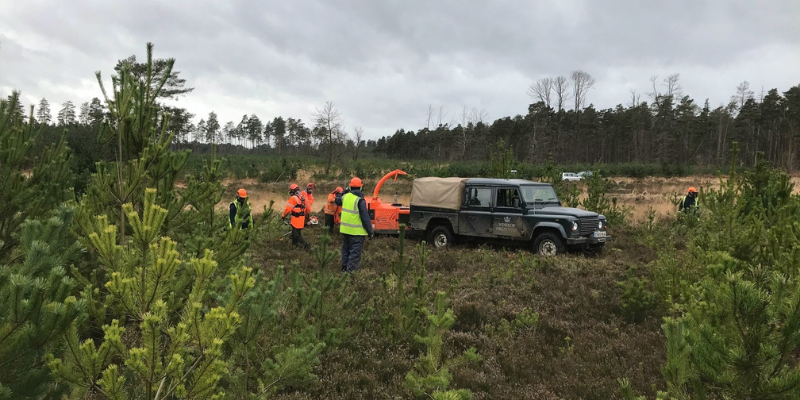
Certification as a management tool
Time and again in the conversation it was apparent that certification was used as more than just a promotional or marketing tool. This is no more evident than in the creation of wetland habitats in the forest. Wetlands once drained to enable plantation forestry are now being reconsidered and managed to restore wetland habitats and enhance biodiversity. This need, suggested by the certification criteria, will enhance the ecology of the site, the visitor attractiveness and wildlife resilience.
Rather than being a negotiation between certification criteria and silvicultural objectives, it feels like the Crown Estate see the two working in tandem. The FSC and PEFC certifications act as the framework for their long-term silvicultural objectives.
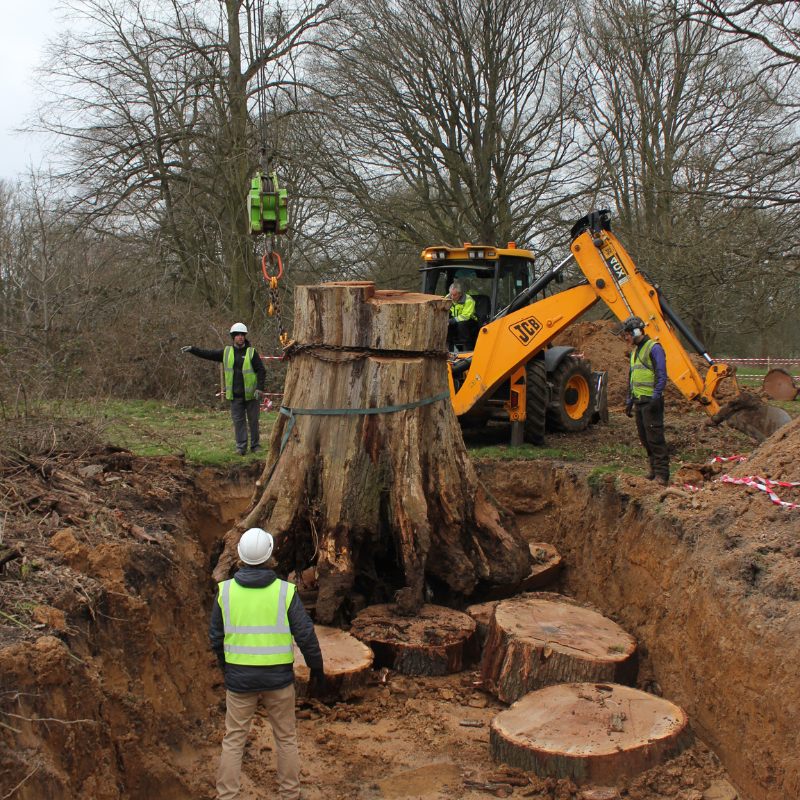
Moving forward with certification
What about the future? How does the estate and its certification move forward together? Every year the certification criteria changes slightly, but Richard sees this as part of the overall change of silvicultural practices. Soil Association Certification provides continuity for the estate and the approach of auditors, their expertise and experience, means they are able to discuss how the standard applies to different aspects of the estate’s forestry business as well as raise and discuss compliance issues.
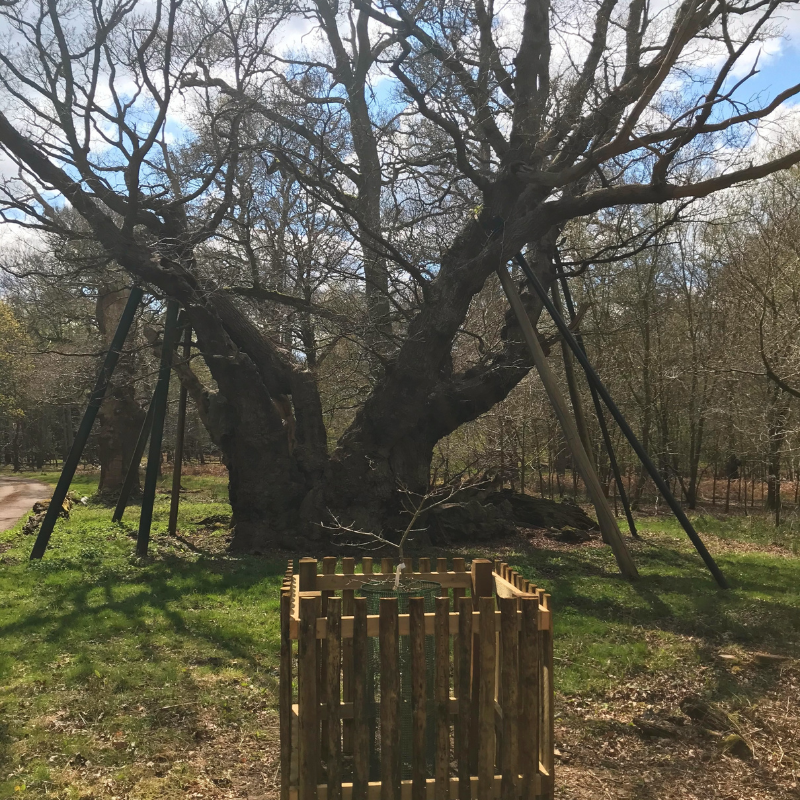
As we start to view forestry as something that happens outside as well as inside the forest gate, Richards thinks it will be interesting to see how certification schemes evolve with this. Urban trees and, for the estate, parkland agroforestry, are good examples. At the moment the estate is undertaking advanced cloning to provide biological continuity of their veteran trees, which will impact positively both inside and outside the traditional forest.
In the end Richard summed up the importance of certification to the estate perfectly:
We often get challenged by people who question some of our forest management activities, particularly harvesting which can often be perceived as being destructive, but what we're actually doing is quite the opposite: improving habitat for the future and producing sustainable products. It is very useful to say a Soil Association Certification auditor came and inspected us last year and these are international standards we're complying with.
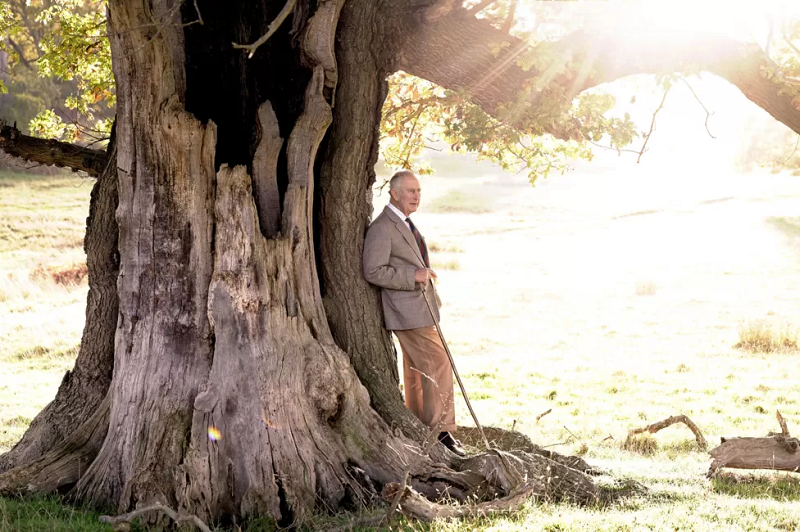
You can find the original article by the Soil Association here

